I am using statsmodels ARIMA package to create some ARIMAX models. I am using a few different exogeneous variables in my prediction. From the documentation though it seems like the model only uses the current value of the exogenous variables to predict my endogenous variable. Is there a good way of including exogenous variables with lags to a certain point (old values) in my prediction without adding the lagged exogenous series to the model manually?
To be clear, the solution here is exactly what I want to avoid doing.

